What does error 451 mean on Dräger X-AM 2500 Measuring Instruments?
- RRyan SaundersSep 1, 2025
Error 451 on Dräger Measuring Instruments indicates that DrägerSensor XXS EC2 is in the warm-up phase. Wait until warm-up time is complete.
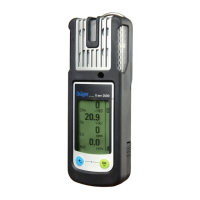
What does error 451 mean on Dräger X-AM 2500 Measuring Instruments?
Error 451 on Dräger Measuring Instruments indicates that DrägerSensor XXS EC2 is in the warm-up phase. Wait until warm-up time is complete.
What does error 556 mean on Dräger X-AM 2500?
Error 556 on Dräger Measuring Instruments means that the calibration interval for DrägerSensor XXS EC3 has elapsed. You should run sensitivity calibration for DrägerSensor XXS EC 3.
What does error 356 mean on Dräger Measuring Instruments?
Error 356 on Dräger Measuring Instruments means that the calibration interval for DrägerSensor XXS EC1 has elapsed. Run sensitivity calibration for DrägerSensor XXS EC1.
What does error 557 mean on Dräger Measuring Instruments?
Error 557 on Dräger Measuring Instruments indicates that alarm threshold A2 is set to greater than 60 %LEL. To resolve this, set the alarm threshold to less than 60 %LEL.
What does error 457 mean on Dräger X-AM 2500 Measuring Instruments?
Error 457 on Dräger Measuring Instruments indicates that alarm threshold A2 is set to greater than 60 %LEL. To resolve this, set the alarm threshold to less than 60 %LEL.
What does error 357 mean on Dräger X-AM 2500 Measuring Instruments?
Error 357 on Dräger Measuring Instruments indicates that alarm threshold A2 is set to greater than 60 %LEL. To resolve this, set the alarm threshold to less than 60 %LEL.
What to do if Dräger Measuring Instruments displays » – – «?
If your Dräger Measuring Instruments displays » – – «, it could be due to a measuring range calibrated or adjusted incorrectly, or defective electronics or sensors. You should recalibrate or adjust the measuring range. If this does not help, device must be repaired by Service.
| Operating Temperature | -20°C to +50°C |
|---|---|
| Alarm | Visual, audible, and vibration alarms |
| Protection Class | IP67 |
| Weight | Approx. 220 g |
| Detection Principle | Electrochemical |
| Gases Detected | O2, CO, H2S, Ex |
| Detection Range | Varies by sensor type |
| Resolution | O2: 0.1% vol, CO: 1 ppm, H2S: 1 ppm, Ex: 1% LEL |
| Response Time | < 15 seconds (typical) |
| Humidity Range | 10 to 95% RH non-condensing |
| Battery Life | Up to 12 hours |
| Power Supply | Rechargeable NiMH battery or alkaline batteries |
| Certifications | ATEX, IECEx |
| Storage Temperature | -20 to +50 °C (-4 to +122 °F) |
Details requirements for using devices in explosion-hazard areas, including approvals and regulations.
Defines instrument purpose and specifies use in explosion-hazard zones and divisions.
Explains how to configure the instrument using PC software and a USB cable.
Outlines steps before initial use, like inserting batteries or power packs.
Describes the procedure for turning on the instrument, including self-test and display information.
Details the process for safely turning off the instrument.
Emphasizes pre-work checks like display verification, calibration, and alarm checks.
Explains how measured values are displayed, including indicators for exceeded ranges and alarms.
Guides users through performing a manual bump test using test gas and a calibration cradle.
Explains the process of fresh air calibration and adjusting the sensitivity for individual measuring channels.
Provides crucial safety instructions, especially regarding battery handling in hazardous locations.

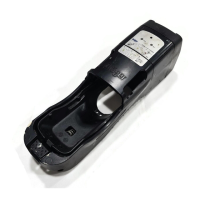
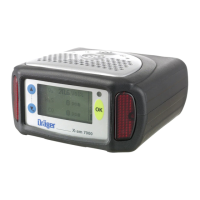

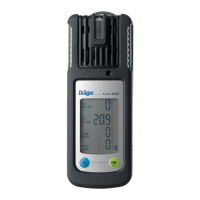
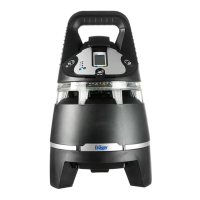
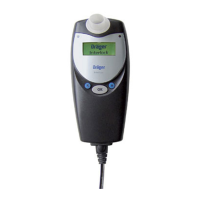
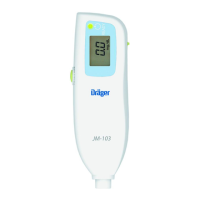
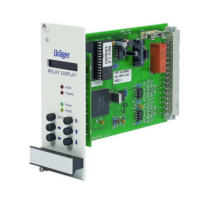
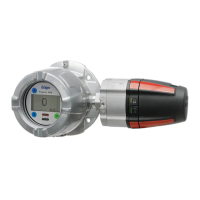
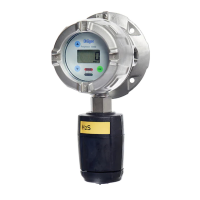
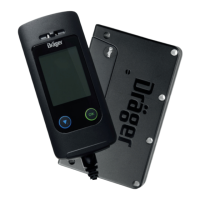
